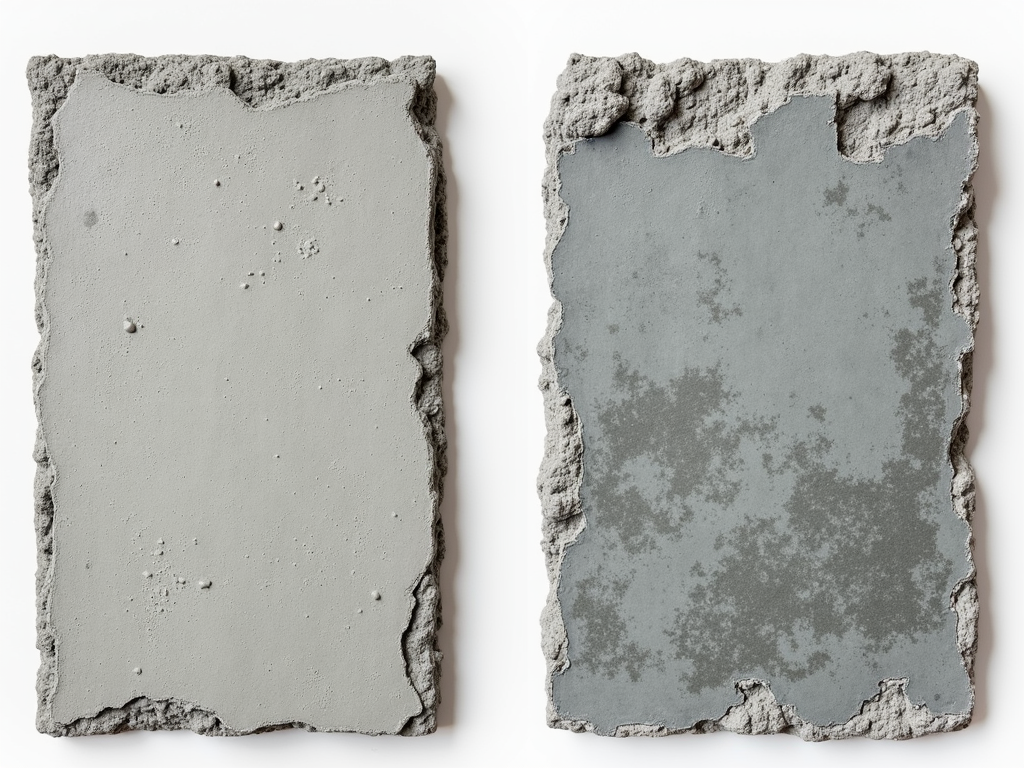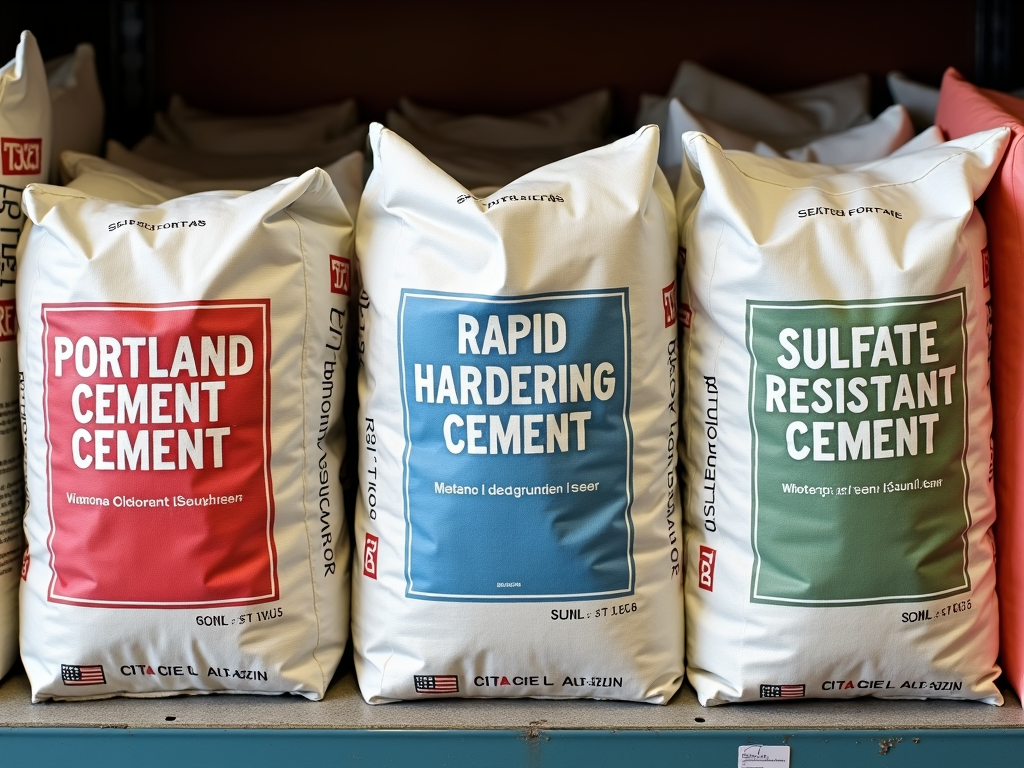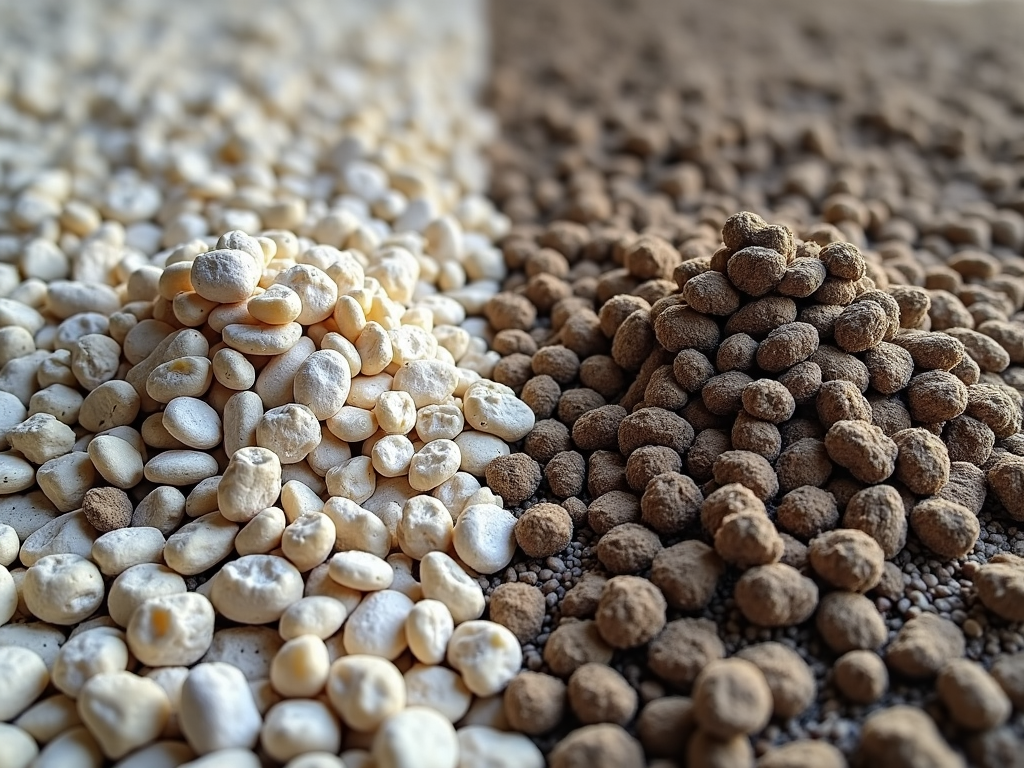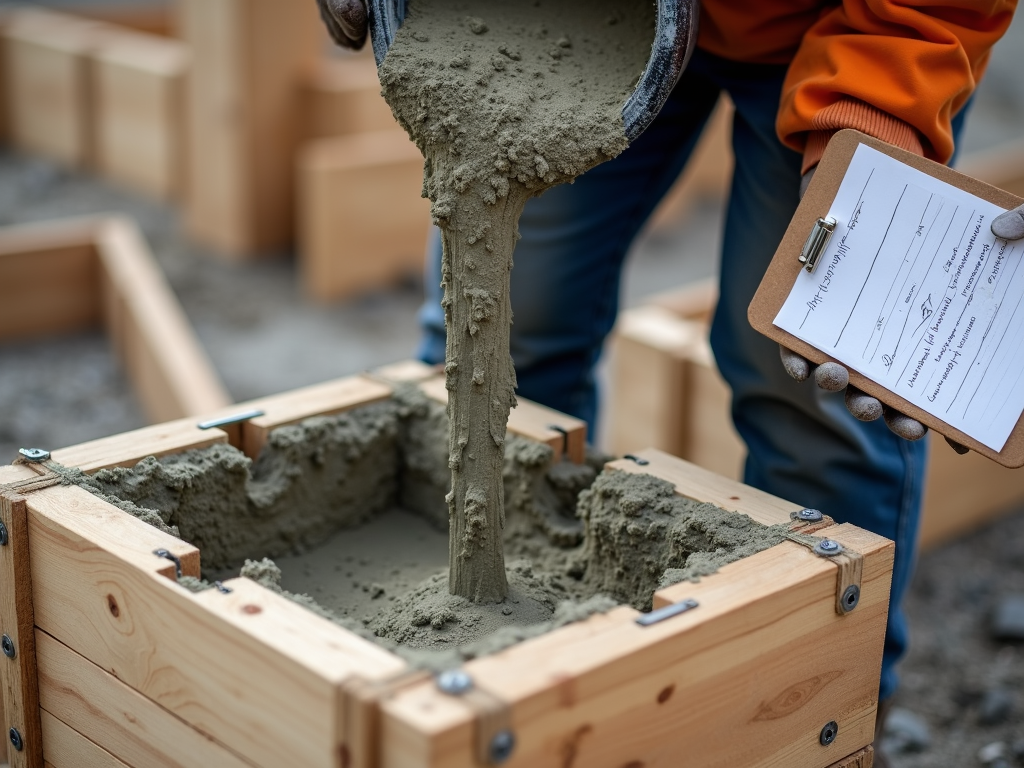Common Mistakes in Concrete Mixing: Avoid These Pitfalls for Stronger Projects
Overview
Concrete mixing is a vital skill in construction, but simple mistakes can lead to weak structures or costly fixes. This article dives into the most common errors in concrete mixing—like using too much water or skipping proper curing—and shares easy solutions to get it right every time.
Why Proper Mixing Matters
Mixing concrete isn’t just about tossing ingredients together. It’s about creating a strong, lasting material for your project. I’ve seen firsthand how a small oversight, like adding extra water, can turn a solid foundation into a cracked mess. Let’s explore the mistakes people make and how to dodge them.
1. Incorrect Water-to-Cement Ratio
Water controls how strong your concrete will be. Too much makes it runny and weak; too little makes it hard to work with. A lot of folks add extra water to make pouring easier, but that’s a big mistake. It can cause cracks or shrinkage over time.
Here’s the fix: Stick to the recommended water-to-cement ratio for your project. For a standard mix, aim for about half as much water as cement by weight. If it’s too stiff, try a plasticizer instead of more water. Trust me, it’s worth the effort.

2. Poor Mixing Technique
If your concrete isn’t mixed well, you’ll end up with uneven strength. I’ve watched workers rush this step, leaving dry patches or overworking the mix until it separates. Both are trouble—weak spots can ruin a project.
The solution? Use a good mixer and follow the clock. Mix for at least three minutes after all ingredients are in. For small jobs, a wheelbarrow and shovel work if you’re thorough. Check that the mix looks consistent before you pour.
3. Using the Wrong Type of Cement
Not every cement fits every job. Portland cement is great for most things, but some projects need special types, like sulfate-resistant cement for wet areas. Picking the wrong one can mean your concrete fails early.
Before you start, check your project needs. Talk to a supplier or read the specs. I once saw a guy use regular cement in a damp basement—two years later, it was crumbling. Don’t let that be you.

4. Ignoring Weather Conditions
Weather can mess with your concrete big time. Hot sun can make it set too fast; cold air can slow it down too much. I’ve poured concrete in summer heat and watched it crack because we didn’t adjust.
Plan ahead. In hot weather, add a retarder to slow setting. In cold, use an accelerator. Keep an eye on the forecast and tweak your mix so it sets just right.
5. Skimping on Curing
Curing is how concrete gets strong. It needs moisture and time—usually at least seven days. Rush this, and you’ll get cracks or weak spots. I’ve seen slabs ruined because someone uncovered them too soon.
Here’s how to do it: Keep the concrete wet with burlap, plastic, or a curing compound. For big jobs like footings, this step is critical. Don’t cut corners here—it’s the difference between solid and sorry.

6. Bad Aggregate Quality
Aggregates—sand, gravel, or crushed stone—are the backbone of concrete. Dirty or uneven aggregates can weaken your mix. I’ve pulled clumps of clay out of a bad batch, and it’s no surprise the concrete didn’t hold up.
Use clean, well-graded aggregates. Wash them if they’re dirty, and make sure the sizes mix well. Good aggregates mean a stronger, smoother finish every time.

7. Misusing Admixtures
Admixtures can improve your concrete—like water reducers for a smoother mix. But too much or the wrong kind can throw everything off. I’ve seen a pour set too fast because of an overdose.
Follow the instructions on the bottle. Test a small batch first if you’re new to it. Admixtures are helpful, but they’re not a fix for sloppy mixing.
8. Skipping Safety Steps
Mixing concrete isn’t just about the mix—it’s about staying safe. Dust, heavy bags, and spinning mixers can hurt you if you’re careless. I’ve dodged a few close calls myself.
Wear gloves, a mask, and sturdy boots. Lift with your legs, not your back. Keep the site clear and safe—it’s simple stuff that keeps you working.

Concrete Footings: Where Mixing Counts Most
Nowhere is good mixing more important than with concrete footings. These bases hold up your whole structure. Mess up the mix, and your footing could crack or settle. That’s why a concrete footing construction checklist is a lifesaver—it keeps you on track.
Start with a solid footing calculation to know how much concrete you need. Mix it right—consistent, strong, and cured well. I’ve seen footings fail because someone skipped a step, and the whole building suffered. Don’t let that happen.

Quick Tips Table
Here’s a handy rundown of mistakes and fixes:
| Mistake | Fix |
|-----------------------|-----------------------------------|
| Too much water | Use the right ratio, add plasticizers |
| Poor mixing | Mix thoroughly for 3+ minutes |
| Wrong cement | Match cement to project needs |
| Ignoring weather | Adjust mix for conditions |
Summary
Getting concrete mixing right takes attention, not magic. Avoid these common mistakes in concrete mixing—like bad ratios or weak curing—and your projects will stand stronger. For key parts like concrete footings, a solid mix can make or break your build. Use these tips, and you’ll be set.





